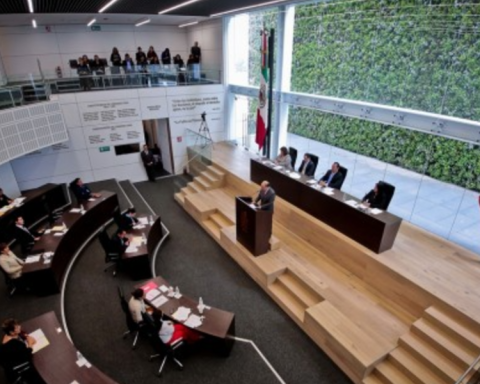After a slight growth of agricultural GDP during 2022which the Ministry of Livestock, Agriculture and Fisheries (MGAP) located at 0.8%, hierarchs of said Secretary of State announced that by 2023 they project a growth of this indicator, estimated at the end of this year at 2.9%.
Although it is expected that “livestock will pull down and summer agriculture too”due to a drop in the livestock stock and the incidence that the water deficit may have on crops, growth will be led mainly by the forestry sector and basically the influence of the new UPM plant and the exports of the item, explained to The Observer Ángela Cortelezzi, technician from the Area of Sectoral Indicators and Economic Studies of the Office of Agricultural Programming and Policy (Opypa).
“This was a good year for the sector”reflected the technique, who added: “We hope that the added value of the agricultural sector will show growth, we will see it in the national accounts of March 2023.”
Opypa’s estimates, presented this Tuesday along with the office’s yearbook, were made based on data from the Central Bank of Uruguay (BCU).
The data
The annual exercise of 2022 closes with a record of record income from exports, of US$ 14 billion, highlighted Cortelezzi.
Leonardo Carreno
Opypa’s estimates were presented at a press conference on Tuesday.
How was 2022
Cortelezzi highlighted the improvement of productive indicators that occurred in the first half of 2022 in the livestock sector, in which production in live weight increased, despite the fact that there was a decrease in the stock.
In the second half of the year there was a drop in live weight production in the livestock sector, he indicated, which was due to a growing slaughter rate, which on the one hand contributed high levels of exports, but on the other hand left ” an affectation of the stocks”.
As he mentioned, in addition, summer agriculture also showed very good indicators, with yields “better than we expected”, and the winter harvest had records in sowing area and also in some yields.
He mentioned that the 2022/23 harvest of winter crops “seems to have better yields than we expectedbecause apparently the water deficit would not affect that much”.
The data
The Opypa 2022 Yearbook was presented at the Ministry’s headquarters in Montevideo. It is the 25th edition of the publication of said office and the Agricultural Statistics Office (DIEA). In addition to Cortelezzi, the minister, Fernando Mattos; the director of Opypa, Verónica Durán; the DIEA coordinator, Pablo Couto; and the general coordinator of the Statistical Yearbook, Gonzalo Freiría.
War, pandemic and slowdown
The professional presented the data at a press conference in which she made it clear that the slight growth projected for the end of this year was generated in a international context conditioned by the presence of the covid pandemic and the protection measures of some countries, China’s economic slowdown (one of the main clients in Uruguay) and by the impacts that the war after Russia’s invasion of Ukraine they had on the markets.
As he mentioned, the increase in interest rates also affected the markets, as well as the drop in commodity prices and the evolution of the dollar, which in Uruguay ends the year falling.

















